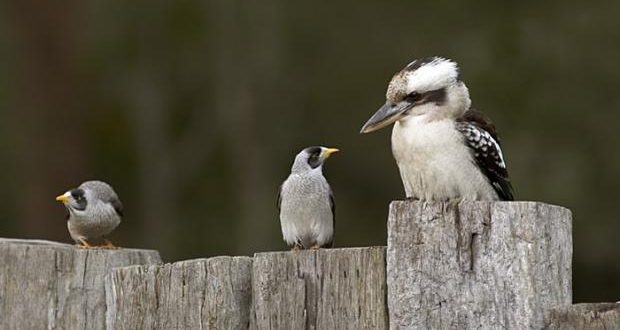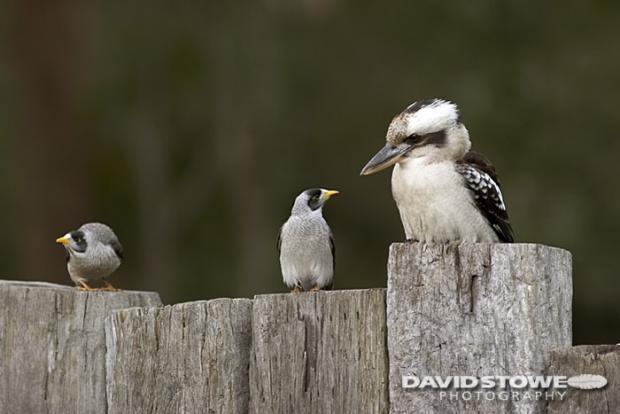New research has shown that Noisy Miners – a cooperative bird from eastern and south-eastern Australia – can tell the difference between the calls of other Noisy Miners, based on their voice characteristics alone.
New research has shown that Noisy Miners – a cooperative bird from eastern and south-eastern Australia – can tell the difference between the calls of other Noisy Miners, based on their voice characteristics alone.
It didn’t even matter if they’d heard the call before. Just like humans recognize and differentiate ‘hello’ regardless of how the voice differs, noisy miners were able to recognize the individual differences in the same recruitment ‘chur’ call of other birds.
“They have different voice characteristics and we can measure them,” Paul McDonald, study author and behaviour ecologist at the University of New England in New South Wales, told Science-Fare.com. “Statistically, they all have different sounding recruitment calls and this research shows they can attend to that difference – and actually use those differences in voice structure to differentiate between individuals.”
The researcher says the ability to differentiate between individual Noisy Miners, may be the foundation necessary to encourage and maintain cooperation within their complex societies.
“The birds are very good at picking different individuals and responding differently,” McDonald said. “They seem to be using the actual voice characteristics of the call to differentiate between what they’re hearing.”
He used a technique known as the habituation-discrimination paradigm to study noisy miners. The idea is that if a noisy miner gets used to a particular chur call, it’ll start to ignore it – much like we start to ignore certain sounds, like the hum of an air conditioner.
If they’re able to distinguish between birds, the habituated miner should respond to a different sounding recruitment call – and they did.
“When they hear a call, it’s a recruitment call in this species. So, they then have a choice of whether they fly over to that area to help the calling bird out,” McDonald said. “I looked at whether they could split the calls of different individuals in that context.”
Noisy Miners – Manorina melanocephala – are loud songbirds that live in large groups of more than a hundred birds, making them ideal test subjects for studying cooperative behaviour.
In fact, previous research has shown Noisy Miners actually cooperate in a variety of ways. They help raise each other’s young, work together to fend off predators and they’ll even forage together.
“That lets us ask really interesting questions about cooperation,” McDonald said. “It’s not just about helping your relatives and therefore helping some of your own genes in other animals, It’s about the individuals helping the full range of potential recipients of cooperative behaviour.”
Now that researchers know the birds can recognize individual differences in chur calls, the challenge is to see how often that recognition is translated into cooperation out in the field.
Understanding what causes these birds to organize in complex groups and cooperate could help researchers understand similar activities in other animal societies, including humans.
“The broad principles should apply to all animal societies,” McDonald said. “If the same rules apply in other animal societies, then we should start the seeing the same sorts of behaviours.”
“Ultimately looking at different systems, including our own, is one way of getting a better handle on what cooperation is and what’s driving it,” he added.
The research was published in the Royal Society’s journal, Biology Letters.
With files from Claude Saravia.
 Science Fare Media Science News – Upgraded
Science Fare Media Science News – Upgraded




